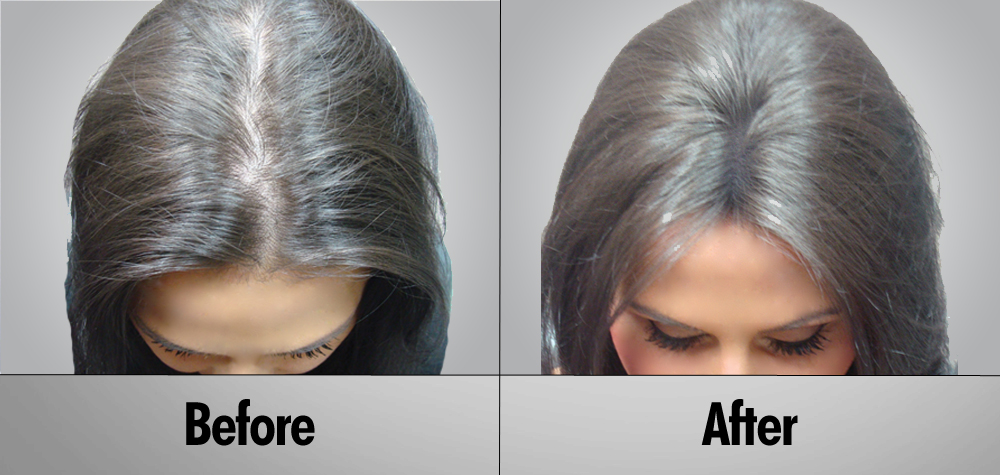Hair loss is a cause of worry among a majority of the male as well as female population of Maryland. The underlying causes for this problem maybe infection, lack of nutrients, physical damage or chemotherapy. Many people in this small state of the US who are suffering from the same are increasingly turning to hair transplantation procedures.
To give you a fair idea about hair transplantation, it would be quite safe to say that it is a surgical procedure which involves transferring of existing hair from regions of high growth to the regions with low growth. This cosmetic surgery has been gaining huge popularity throughout the world due to its simplicity and efficiency. The fact that natural hair is used in this method ensures that the final appearance does not display any hint of artificiality.
It is in your best interest to have a vague idea about the procedure before you consult a doctor. This will help you in preparing yourself mentally as well as physically for the surgery. Prior to the transplantation, the medical practitioner will conduct a complete assessment of your scalp. The levels of the necessary vitamins and nutrients are measured and adequate supplements are prescribed in case of a deficiency. This will ensure that there is no bleeding or infection during the grafting procedure. You will also need to decide the number of sessions in which you want to complete the whole process.
Following the above mentioned step, you will have to choose among a number of hair transplantation techniques, depending on your personal choice and the keeping in mind the hair transplant cost in Maryland. The most common of these are the strip harvesting method and the Follicular Unit Extraction Method (FUE). The former involves harvesting a strip of skin from a donor region with healthy hair growth and transferring it to the targeted region. This method leaves a fine scar on the scalp which is generally covered up by the surrounding hair strands.
The second procedure is a bit more intricate. Unlike the strip harvesting method, here, instead of transferring a whole strip, only the individual hair follicles are transferred. The absence of any post-surgery scar on the scalp has succeeded in attracting a large number of patients towards FUE. This process takes relatively longer time than the previous one. However, the total time can be reduced by a dexterous and experienced surgeon.
The patient is generally advised to follow some strict restrictions after the transplantation. You may be prescribed an antibiotic, painkillers and an anti-inflammatory drug depending on your condition. Although you should be able to return to your normal life in a week or so, you will most probably have to continue your medications beyond that. In a couple of months you will be able to notice new hair growth on the transplanted areas. To acquire further understanding on the topic, you should refer someone who has already undergone the process or consult your doctor directly.




